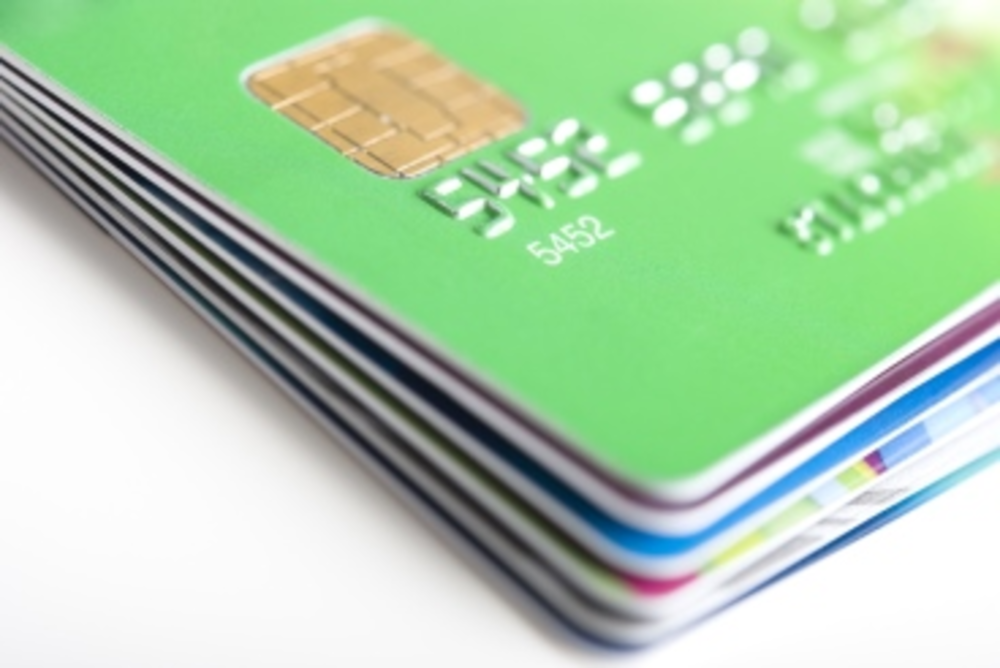For decades, the credit card has represented more than an alternate payment option, evolving into a larger social symbol—one of status, milestones, and personal identity.
I’ll admit, the assurance that I’d become both a real adult and a professional came with the arrival of my first corporate card. At business dinners, the shiny platinum color resting atop the table’s bill sparked some of my first financial aspirations. On outing with friends I learned about favorite teams, important social causes, and personal interests from the piece of plastic they choose to swipe.
One of the most sacred touchpoints and vehicles of brand communication for any credit card company is the physical card itself. Simply stated, a card communicates brand story and service quality, and reinforces cardholder attributes such as professional role, income level, and personal affinity.
Now, the days of brand communication through a physical card may be threatened as more and more companies promise to provide more convenience and ease security concerns by removing the need to travel with a card in the first place. Many companies, large and small, are looking to grow the world of mobile payments.
In mid-November, TechCrunch reported that startup and credit card solution company Coin had reached its first product preorder goal in only 40 minutes. The product, which will launch this year, holds up to eight credit accounts on a single credit-card-sized device. And Starbucks’ mobile payment platform is experiencing strong adoption in the United States, allowing customers to pay for menu items via the company’s mobile app.
Of course, both Apple Passbook and Google Wallet consolidate credit and loyalty card information into a single mobile app for online usage and in-store payments via near field communication-enabled devices. Square Wallet gathers similar information, but goes one step further: It asks a user to check in while shopping—and to provide his or her name upon checkout to confirm identity and facilitate payment.
With the growing number of entrants into mobile payments, the future of physical credit cards as a brand tool could be bleak. Credit card companies will consequently need to develop new customer touchpoints and brand communication tools to evoke the type of emotional reactions the card once had the power to convey in social settings.
How should marketers combat the public disappearance of the credit card? Here are some ideas:
1. Evolve the brand conversation: Use technology to continue to build real-time personal commentary and feedback from experiences made possible by credit card usage. Beyond large promotions, discussion surrounding common usage and benefits can be equally influential amongst a target consumer’s social circle.
2. Develop a new visual identity to replace the traditional card: The future may require a new visual identity or form to represent the service of credit. This may be to either enhance the current credit card design or to create a new form entirely. Keep in mind that any visual innovation may need to vary by consumer segment and will definitely need to carry emotional significance to motivate adoption.
3. Expand the definition of brand partnerships: As mobile payments grow, partnerships will be even more important for credit card marketers to further communicate brand attributes. The criteria for a relevant partner should not be limited to retailers and other large corporations. The partnership scope should expand to include key opinion leaders who will help provide a fresh and perhaps more intimate voice to potential customers.
It’s still too early to tell whether the credit card will always hold a special place in the collective heart of consumers—or whether mass mobile adoption will lead to the extinction of credit cards altogether. The only certain way to stay relevant tomorrow is to constantly challenge, define, and then redefine how credit is truly experienced today.
Kerri Williams is director of client services at Landor Associates.







